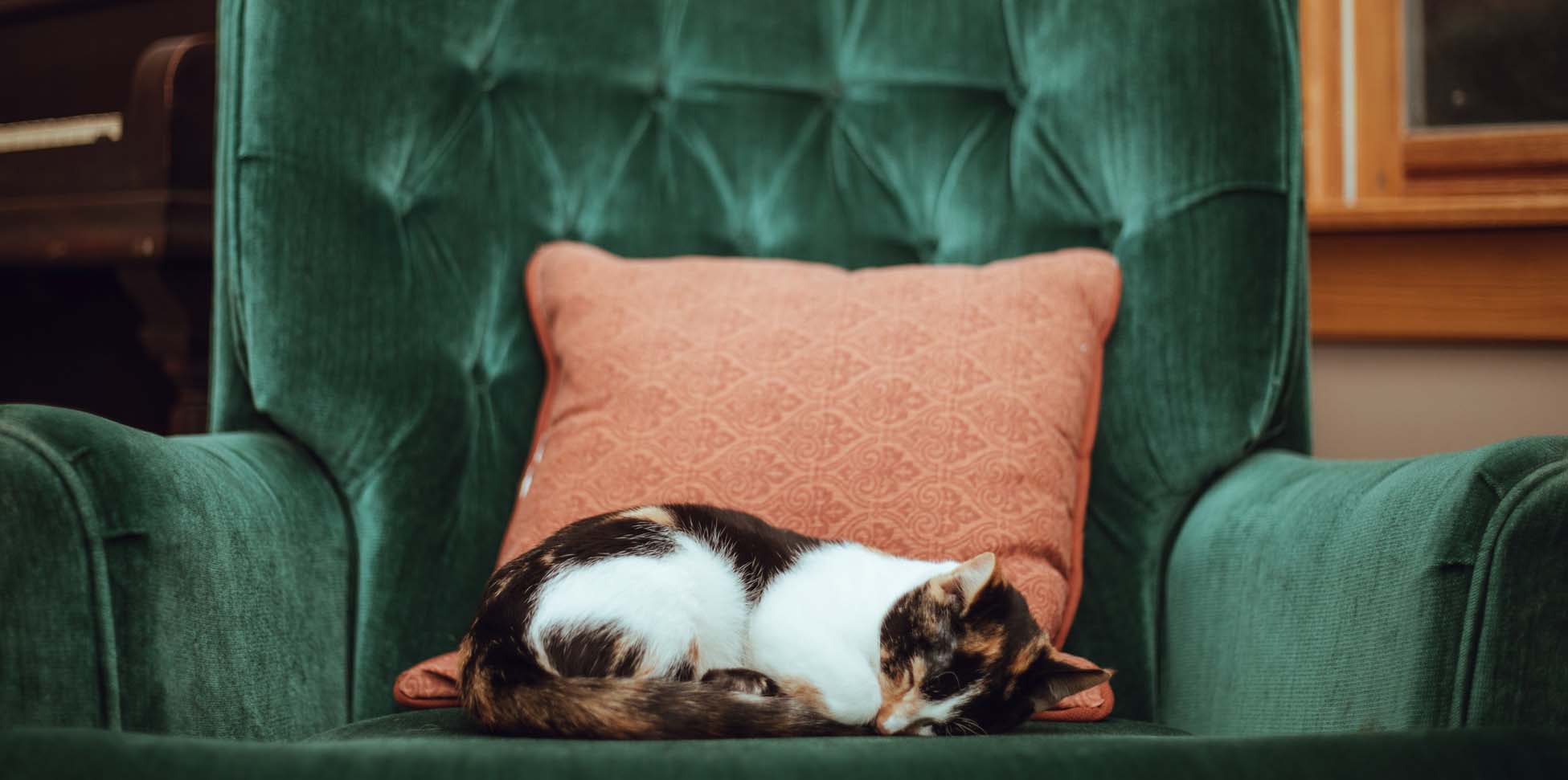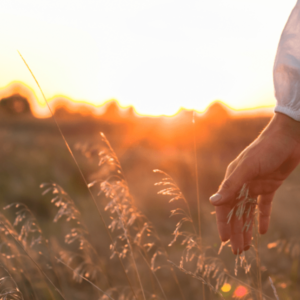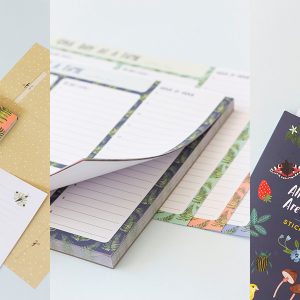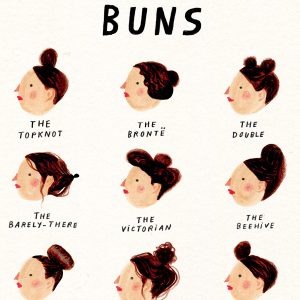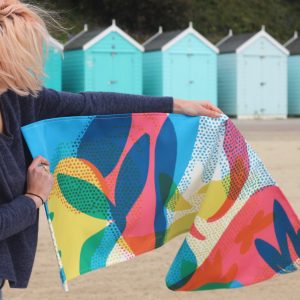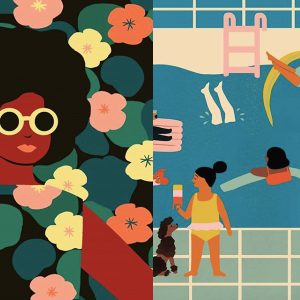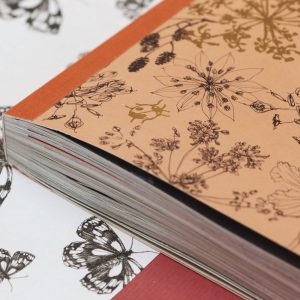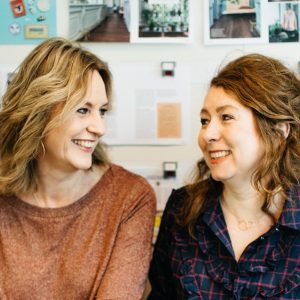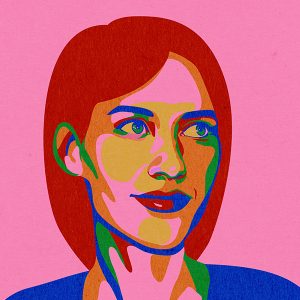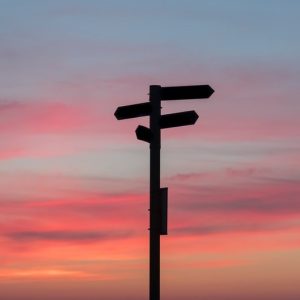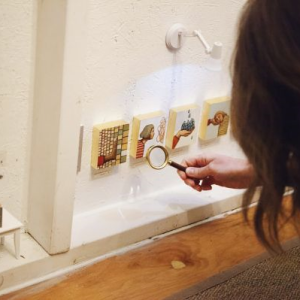The Dutch concept of niksen—actively doing nothing—is starting to gain popularity beyond the Netherlands. But what is it exactly, and how can we achieve it? Journalist Annemiek Leclaire takes a closer look at ‘the Dutch art of doing nothing’.
A lifestyle trend
The Dutch word niksen is suddenly a lifestyle trend. Articles about ‘the Dutch art of doing nothing’ have been appearing in international media more and more. Various non-Dutch journalists picked up on this word in separate synchronicity and thought, ‘That’s just what we need in these times of stress and burnout’. They probably also think this because of the Netherlands’ generous vacation leave (they have more days off per year than other—Anglo-Saxon—countries) and because it is relatively easy there for people to work part-time.
Participating and contributing
Olga Mecking, a Polish journalist who now lives in The Hague in the Netherlands, reported on niksen in The New York Times and is currently writing a book on the subject. “Niksen,” she says, “is a Dutch word, but it’s not a specifically Dutch cultural phenomenon.” And surely, I ask her, it used to even have negative connotations? ‘Are you at that niksen again?’, you very well could be told by your parents as a child, or—when you were reading a book on the couch—‘You could help me now, you’re just niksing anyway’.
Yes, says Mecking. “Participation has always been important in Dutch society,” she says. “Participating in the sense of contributing. Helping one another, paying visits to each other, learning the Dutch language if you’re not from here, helping at school or other volunteer work. Niksen isn’t really part of that culture of participation.” According to Mecking, the fact that Dutch people have so many days off, or work part-time, doesn’t mean that they’re better at doing nothing, but that they theoretically have more room for it in comparison with, for example, the US, where being present at your work is so important. It also isn’t true that Dutch people have fewer obligations: “The Dutch have an agenda as full as anyone else,” Mecking says. “Only there are other things in it.”
Self care
Still, there’s nothing to stop the Dutch or anyone from making a habit out of niksen now, because it’s important to stop what you are doing at various moments, even if only to give your brain a break. Niksen is a good idea, whether you call it niksen, dolce far niente, slacking off, or simply doing nothing. Mecking agrees. “I see niksen as a form of self-care that is easier to put into practice than other kinds of relaxation,” she says. “As a way to take care of yourself, it is a lot easier than, for example, the Danish hygge or Japanese tidying á la Marie Kondo. For hygge you have to go get candles, pillows and food, and with the Kondo technique you have to declutter your house. That’s a lot of work. That way self-care immediately becomes work again. For niksen you don’t have to do anything.”
- You can read Annemiek’s full story on niksen in Issue 35.
Text Annemiek Leclaire Illustrations Rachel Victoria Hillis


